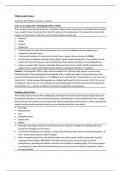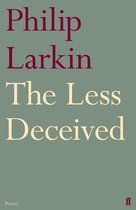Other
Philip Larkin Essay Plans
A comprehensive list of essay plans for Philip Larkin’s The Less Deceived, with the year of publication, a summary, key themes, structure and context for each of the poems. 16 pages, 7000+ words Perfect for Pearson Edexcel A-Level English Literature revision - helped me get an A*!
[Show more]




